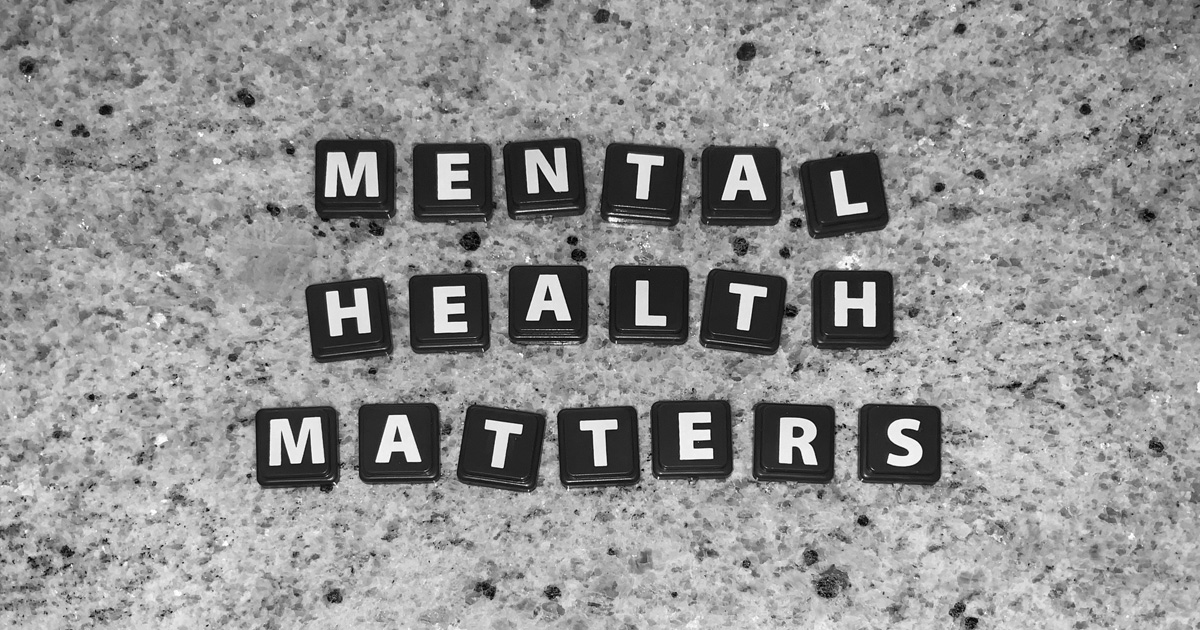
Truth or Myth: Chronic Diseases
MYTH: The cause of chronic diseases are either unknown or due to genetics and are beyond our control.
TRUTH: The health of the gut plays a significant role in the development of such diseases, and many lifestyle factors can positively affect disease outcome.
Defined broadly, chronic diseases are conditions that require ongoing treatment or management and are unlikely to have a “cure”. When diagnosed, these conditions are thought to be lifelong. These conditions include, but are not limited to, obesity, heart disease, diabetes, autoimmune disease, neoplastic disorders (cancer), asthma and other allergies, inflammatory bowel disease, and mental health conditions. The CDC estimates that 6 in 10 adults in the United States have a chronic disease and 4 in 10 have two or more.
Facts on Chronic Conditions
It is a common belief that chronic diseases are largely out of our control; we are destined to a condition based on our genetics (family risk) or bad luck.
Although family history is relevant to the risk of the disease, the actual contribution is quite minimal. It is estimated that only 10% of disease manifestation is due to genetics alone. The remaining 90% is fueled by external factors, such as environmental exposure and lifestyle habits.
In recent years, the role of the human gut in the development of chronic disease has been researched to better understand it’s influence on human disease. The findings show that external factors such as air pollution, stress management, diet/nutrient status, and exercise have a modulating effect on both the intestinal organs and the organisms that live inside them (microbes) (1).
Inside the GI Tract
In most cases, our modern diet and lifestyle have altered the microbiota into a state that promotes inflammation, which increases our susceptibility to disease (2). To understand the importance of our GI (gastrointestinal) tract and how the dynamic environment within it plays a considerable role in our overall well-being, we have to cover its basic roles and functions.
The GI tract is the gatekeeper between the outside world and your internal body systems. It is responsible for obtaining energy/nutrients from food and removing waste from the body. The inside of the GI tract spans a surface area of approximately 400M, which helps to maximize these functions.
Surrounding your intestines is the “Gut Associated Lymphoid Tissue” or GALT. This houses 60% of your body’s entire immune system and 80% of the specific cells that mount an immune response3. Located inside of the GI tract, specifically, the large intestine is the gut microbiota. The gut microbiota is a composition of billions of microbes including, but not limited to, bacteria, viruses, fungi, and amoebas (3).
The term microbiome refers to the collective genomes of this microbiota; where active genetic material is found to be 150 times that of human genes! These complex organisms are found to significantly modulate the roles of digestion/absorption, and the immune system, through enhancing the performance of the gut barrier (see discussion below). The microbes also have a significant influence on the function of the immune system, how your metabolism works, and inflammation processes. How these functions perform (whether good or bad) is influenced by what and how many organisms reside in the gut, and if there is an appropriate balance. If this balance is disturbed, it leads to “microbial dysbiosis”, meaning an imbalance of good versus potentially harmful microbes, and can affect any or all of the functions listed above (4).
The innermost lining of the GI tract is made up of cells known as the epithelium, which creates a boundary. The epithelial cells form “tight junctions”, which control “intestinal permeability”. Intestinal permeability is recognized as the selective absorption of substances (nutrients, electrolytes, H2O, etc) from our GI tract into circulation, while simultaneously retaining harmful molecules from entering into the system. When these barrier cells become damaged, the intestinal permeability becomes disrupted, and over time can lead to “pathological intestinal permeability” or leaky gut (5). In the setting of leaky gut, substances that are usually restricted from crossing this barrier, are allowed through into the systemic environment. Substances that pass through these loose junctions immediately face the GALT (immune system).
Any substance on the wrong side of this intestinal barrier that is not recognized by the GALT is considered a “threat”, and an immune response is generated6. If this becomes continuous, the inflammation is not only targeted locally but responds “systemically” or throughout your body, posing risk for dysfunction and disease (6).
Finding Balance in Gut Health
Given that both intestinal integrity and gut microbiota play a role in the development of every chronic condition, and the health of our gut is largely dependent on our diet and lifestyle choices, reducing our exposure to external influences that have the potential to disrupt the balance of the gut microbiome is key to disease prevention and in some cases, reversal. Although we are still piecing together the puzzle of our interdependence with these gut micro-organisms, it is very clear we ought to emphasize lifestyles and treatments that support microbial diversity and balance.
Take Action
Follow these steps to improve your gut health by making these diet and lifestyle changes:
- Remove the stressors that negatively affect the environment of the GI tract
- Consume foods with the highest nutrient density to promote optimal gut health and immune function
- Commit to regular exercise
- Engage in a daily stress management practice
- Reduce your exposure to harmful toxins
- Prioritize sleep
- Take antibiotics only when medically necessary
- Stay hydrated
Disclaimer: Before you adopt a new diet, it is important to discuss its implications with your primary healthcare provider.
At VSMG, our WellStyles program is led by nutrition professionals that will provide education and motivational opportunities that help to improve well-being, fitness, and overall quality of life for our members. Our essential components reflect the core tenets of healthy living helping your employees to achieve their wellness goals.
Contact us today to learn more about how we can support your voluntary benefits offerings!



